
Shall We Dance?
January 4, 2010
Many years ago, I had occasion to play a Bach Partita for the pianist and scholar, Arthur Loesser. When I finished, Loesser asked me whether I knew how to dance the partita’s five movements. I vaguely knew that the movements were based on old dance forms, but I had assumed that the dance steps themselves were lost in antiquity. To my astonishment, the elderly Loesser then got up from his chair and danced a portion of each movement for me—the robust Allemande, the dashing Corrente, the swaying Sarabande, the high-jinx Giga, and finally the lusty Ciaconna. Then quite out of breath, Loesser said, “This is the noble style of French Court dancing and you must make us want to dance while playing your D Minor Partita”.
I could never again look at Bach as the austere and bewigged figure I had previously imagined him to be. After all, Bach knew French Court dancing, he probably danced it himself, and he infused his music with a sense of irresistible pulse and motion. And why limit this concept to Bach, I thought? Doesn’t every piece of music, slow or fast or in-between, have an unspoken dance wish, and shouldn’t every musician strive to play in a manner that makes the listener want to inwardly sway to the beat if not actually get up and dance? You might say that separating song from dance is as artificial as speech from gesture. Try speaking sometime without some kind of accompanying movement of your hands and body.
My brother Victor recently told me about an event that reminded me of Loesser and music’s intrinsic dance impulse. Victor wrote a lovely tango for us several years ago that we have played often. Eventually, my brother performed it with another violinist at the University of Oregon where he has taught for many years. An oboist on the faculty heard the tango and liked it so much that he got Victor to transcribe it for oboe. Oboists, it seems, are always on the lookout for new repertoire. Not long after, my brother received a call from the oboist. He invited Victor to the graduation recital of one of his students who planned to end her program with the tango. Victor told me that she and her pianist gave a wonderful performance of it followed by enthusiastic applause. Then something unexpected happened. Over the applause and bravos, music suddenly erupted from the hall’s loudspeaker system. It was Victor’s tango transcription that the oboist and her pianist had pre-recorded before the concert. The two musicians re-emerged on stage simultaneously with the music, but instead of bowing to the audience, they turned to one another, embraced, and then ever so stylishly danced Victor’s Tango to its very end as an encore.
I wish Arthur Loesser had been there. He would have loved it.

Photo courtesy of Tango Fire.
Subscribe
Sign up to receive new stories straight to your inbox!








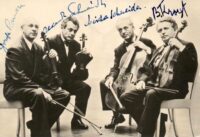





















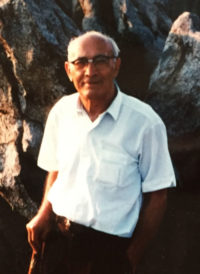


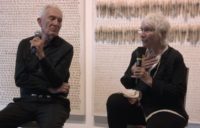


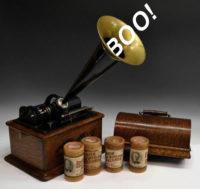
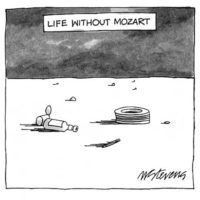















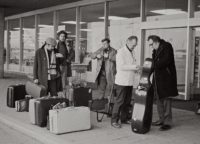



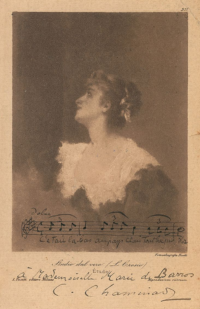




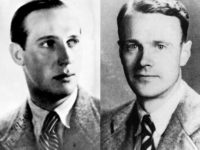


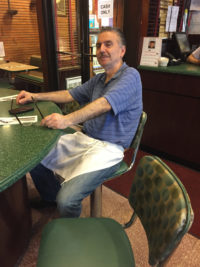



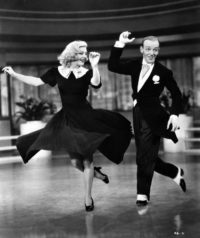







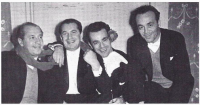
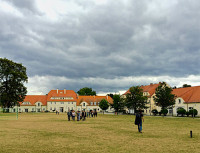
























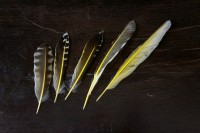

























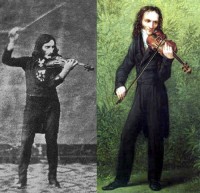



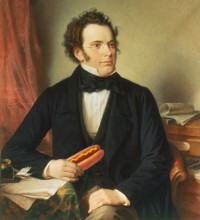

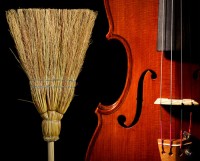





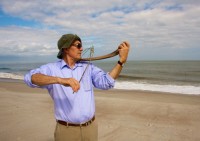























Comments
Happy New Year!
During a workshop concerning “Practicing in Flow” I heard the following inspiring sentence: “If you want your instrument to sing, you must dance with it.”
Greetings from Germany,
JLH
As a tango dancer, I find this piece a delightful share. But where is the tango your brother Victor composed?…..We need to hear it as well as the beautiful rendition of the Partita in D Minor.
I must tell you that the Chaconne here, with its yearning and sad tones, reminds me of the concert to which I brought my elderly Mother here in Portland when you and the Guarneri did your final tour. That was the final concert my Mother and I will ever attend together as well as being your last with the group.I felt so blessed to have given her this for her birthday. A lifelong musician, concerts were, in her final years when she no longer performed or played herself, her passion. Her funeral in October was an organ recital. Beautiful. Thank you so much for giving us this moment and such a wonderful ‘fiinal performance.’
Ani,
A postscript: If I’m not mistaken, pictured here is my dear friend, the famous Miriam Larrici and her partner Leonardo Barrionuevo. I will send your blog to Miriam.
Always appreciatively,
Ani
Mr. Steinhardt,
I also wanted to tell you, when I met you this past weekend at Marlboro, that I play tangos in the shelter, and they are a HUGE hit! One evening spontaneous dancing broke out amongst the shelter guests, as we played a violin/viola arrrangement of “Por una cabeza”. People burst into dance when they are feeling full of life and hope!
As well, I’m an Argentine tango dancer, so I thoroughly enjoyed this post of yours; I recently had a set of wonderful classes with the phenomenal dancers in the above photograph. Julie Leven
Just had to read this story again because I love it so much. -Sheri
Dear Mr Steinhardt,
I first heard your radio interview on the Open Radio station, which led me to your website and this story.
I am a contemporary dancer, recently specialising in historical dance- mostly baroque.
I have been for the last 2 years working on the Chaconne, the whole Partita N.2 in D-minor and the Bach transcription of suite 995.
I loved what you said about the relation between music and dance, since with both of my partners in the research- a violinist and luthenist, we discovered enormous challenge and pleasure. Relating to each others performance created a much deeper understanding of both music and roots of the movement.
For me this is still an ongoing process and recently we posted a short video presentation of the project in creation. I am happy to share it with you, since I really feel that my ideas and emotions while creating the movement corresponded in many ways with the thoughts I heard from you in the interview and this story.
https://www.youtube.com/watch?feature=player_embedded&v=90RdNNwTdgo
Greetings from Slovenia
Tanja Skok
Leave a Comment
*/